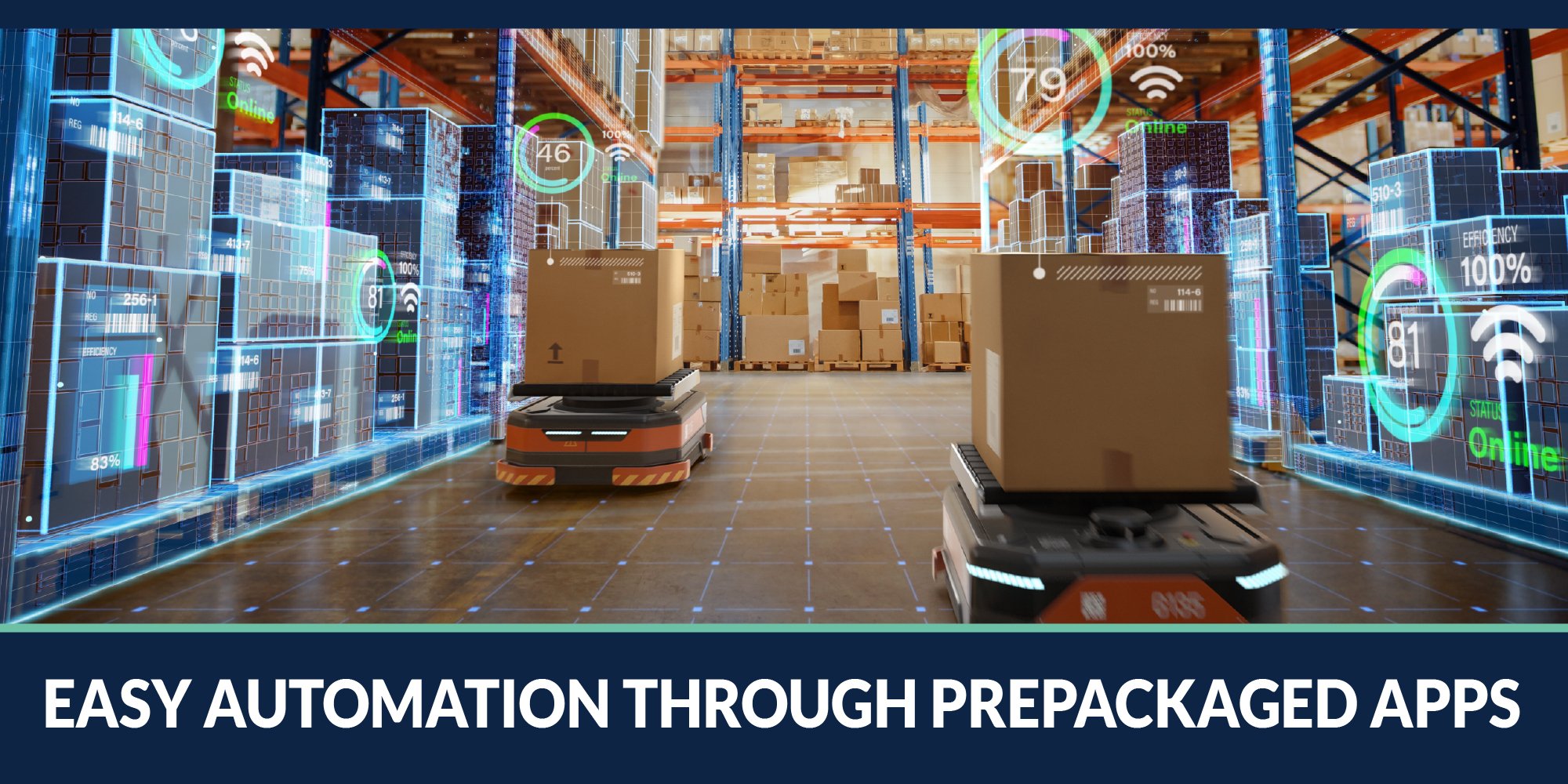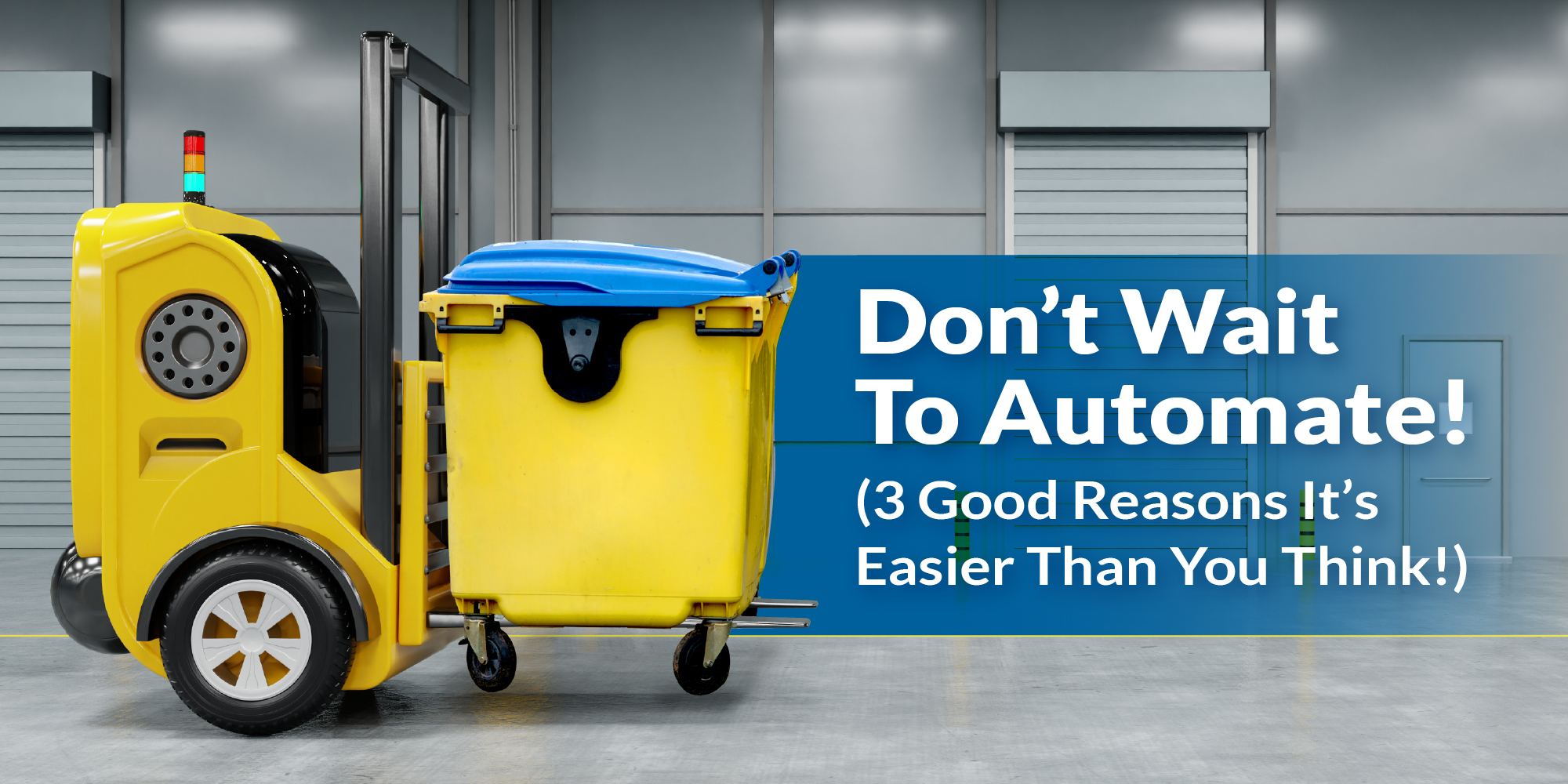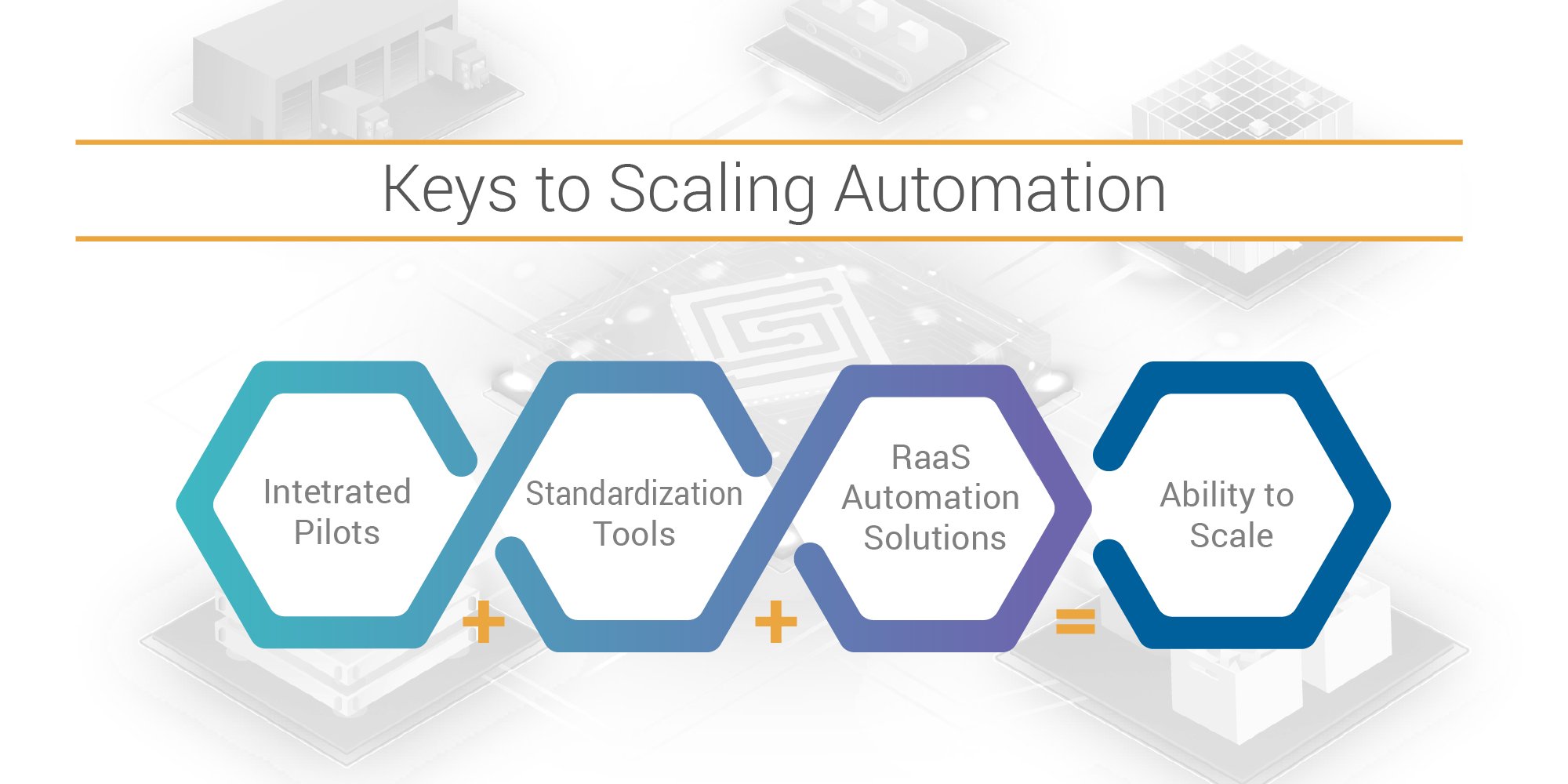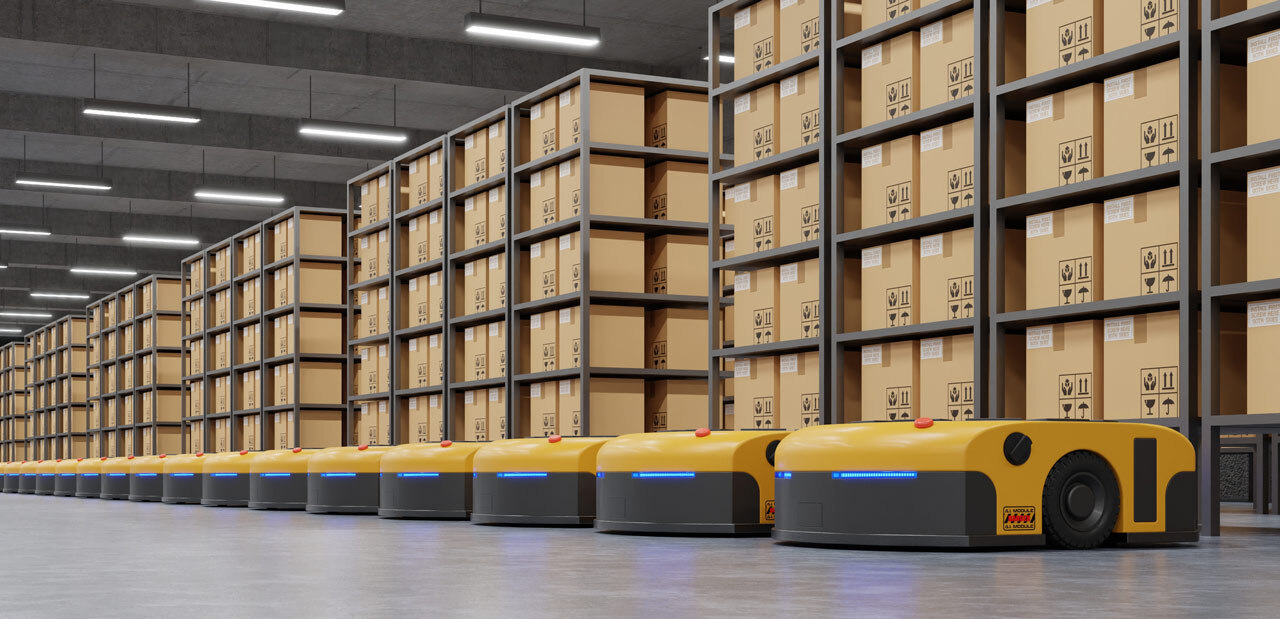If you've attended industry tradeshows or have read recent articles about supply chain, you've likely heard how the rapid pace of change in today's marketplace means your company must be agile to compete. What does that mean to you? For most companies — as many as 79% according to Forbes.com — agility means investing in new automation technologies in the next year or so.
But let's take that a step further. Not just any automation can fill that need; adopting flexible automation is key. Specifically, we're not talking about hardware that can simply function in different environments. Instead, the solution must be flexible and easily adaptable to your company's unique and often–changing requirements.
One popular component in a flexible automation solution is autonomous mobile robots or AMRs. AMR technology consists of intelligent, independent navigation through cameras and lidar, and they easily support frequently changing load sizes and characteristics. AMRs can alleviate labor shortages, and they help your operators focus on high-value work rather than simple transport tasks. In fact, you may already have AMRs deployed in your facility.
What’s the challenge?
Agile as they are, even the most innovative AMRs will sometimes sit idle when they could be working — often due to operator error or last-minute manual workarounds to maintain productivity. But with businesses experiencing rapid changes in customer needs, labor turnover, and production line modifications, it becomes essential to utilize AMRs to their full potential and get the most out of your investment.
A primary cause of underutilization has to do with AMR tasking. Some missions require that employees trigger tasks on a tablet or workstation. Even if the UI is well constructed, missions might take several steps to initiate, or workstations aren't conveniently located. In some cases, employees will simply move transport carts themselves, which is inefficient and a waste of innovative technology.
So, how do you get the most from your investment and stay agile for the next change requirement without constantly rebuilding your production line or workflow?
The case for IoT (Internet of Things)
The best practice would be to automatically trigger the transport of materials using IoT devices, leaving your human workforce to focus on more value-added tasks. You can do that by pairing IoT sensors and push-button devices with your agile AMRs — many of these sensors are even wireless — creating a rapidly deployable solution that will trigger automated transport tasks without having to find that tablet or workstation to initiate the task manually.
Real-world examples
For example, let's say you have a sensor set to recognize when a gaylord box is 35% full. It then triggers a low-priority notification to your AMR, asking it to go ahead and move the box when the AMR is nearby and not busy. Alternatively, when the sensor recognizes that the gaylord is 95% full, the message changes to a high-priority request to empty the box to avoid interrupting the production line. The overarching goal of these applications is to have a solution set that enables you to execute at the same level of flexibility as the hardware that navigates your building.
With that kind of innovative technology in place, you can monitor your entire system and create relevant mission rules based on data as your business evolves, allowing you to maximize AMR utilization without returning to screen modification or custom code each time. And your operators can focus on what they do best. That's what we mean by truly flexible automation.
It turns out the Move App from SVT Robotics is just that kind of solution. And it solves the challenge of underutilized AMRs in only a matter of days. Learn more about it here.






